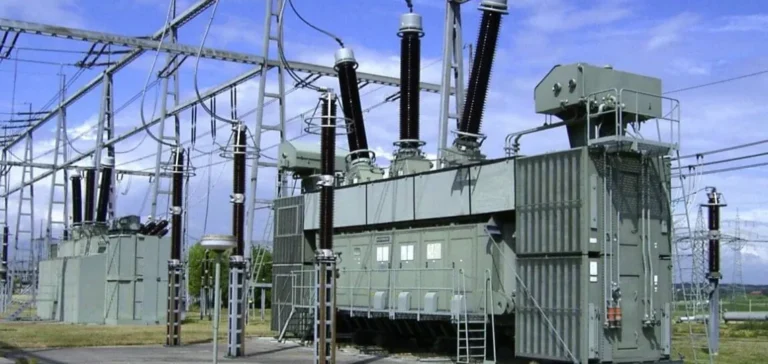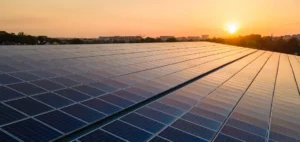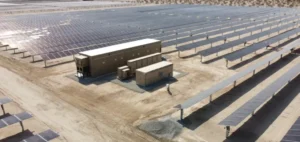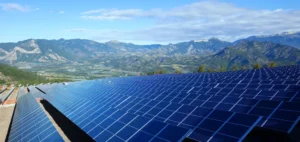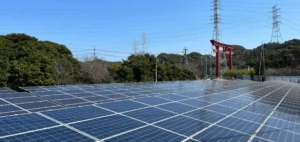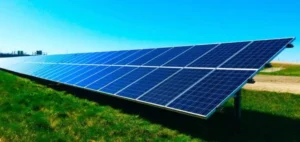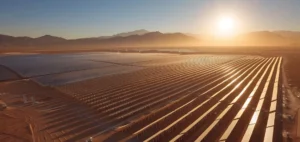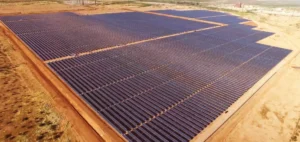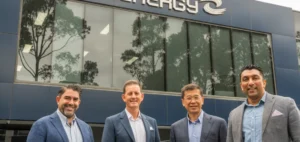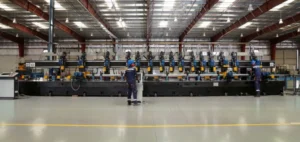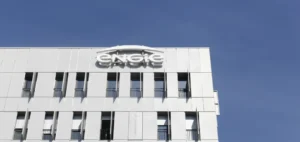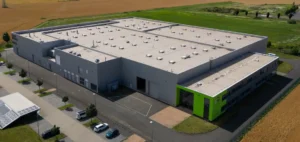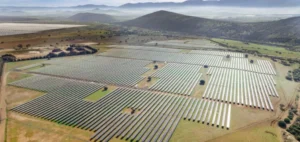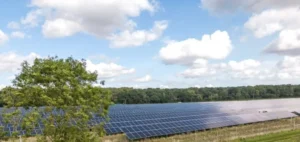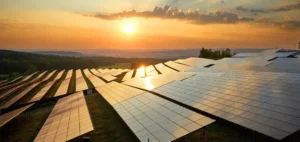South African utility Eskom has announced the launch of its first structured renewable energy procurement initiative, known as the Renewable Energy Offtake Programme. This scheme aims to allocate 291 megawatts (MW) of photovoltaic solar capacity through long-term Power Purchase Agreements (PPAs). Designed for large commercial and industrial consumers, the contracts will span periods ranging from 5 to 25 years, with initial commissioning scheduled for December 2027.
This move follows a prior call for expressions of interest led by Eskom. The state-owned operator identified strong demand from businesses seeking direct power supply solutions amid ongoing strain on the national grid. The program is based on solar assets owned directly by Eskom, without involvement from third-party producers.
Eskom’s Strategic Positioning on PPAs
With this program, Eskom aims to meet a dual challenge: ensuring grid stability while diversifying its energy portfolio. The approach addresses the specific needs of industrial customers exposed to operational risks stemming from load shedding. By offering long-term contractual visibility through PPAs, Eskom introduces a mechanism for a gradual shift away from carbon-intensive sources, while maintaining its central role in distribution.
The launch of this energy procurement initiative is part of a broader strategy to optimize the national energy mix. However, the strategy remains pragmatic. According to data from the International Energy Agency (IEA), coal still accounted for 82% of South Africa’s installed capacity in 2023. In this context, Eskom is advancing cautiously, constrained by immediate supply security demands.
Thermal Capacity Maintained in Parallel
Alongside its move toward renewables, Eskom continues to reinforce its thermal generation assets. On July 6, 2025, Unit 4 of the Medupi coal-fired power station was brought back online, adding 800 MW to the grid. A similar operation was carried out at the Kusile plant a few months earlier. These restarts have stabilized the national electricity supply, helping to avoid load shedding for nearly 300 consecutive days since the start of the year.
The balance between renewable investments and the maintenance of coal-based assets remains central to South Africa’s energy policy. As the historical operator, Eskom is adapting its contractual tools to support a controlled energy transition. The government’s stated goal is to reach 32 gigawatts (GW) of clean energy capacity by 2040 — a milestone that remains distant amid the technical and economic constraints limiting the pace of transformation of the existing fleet.


